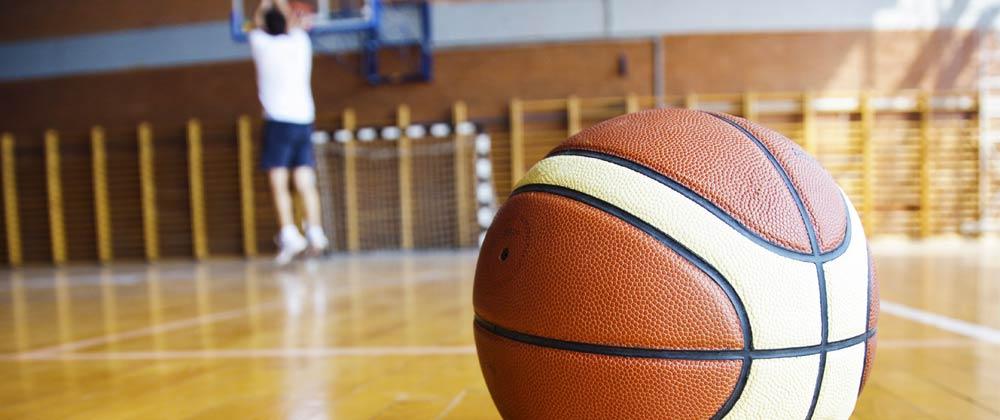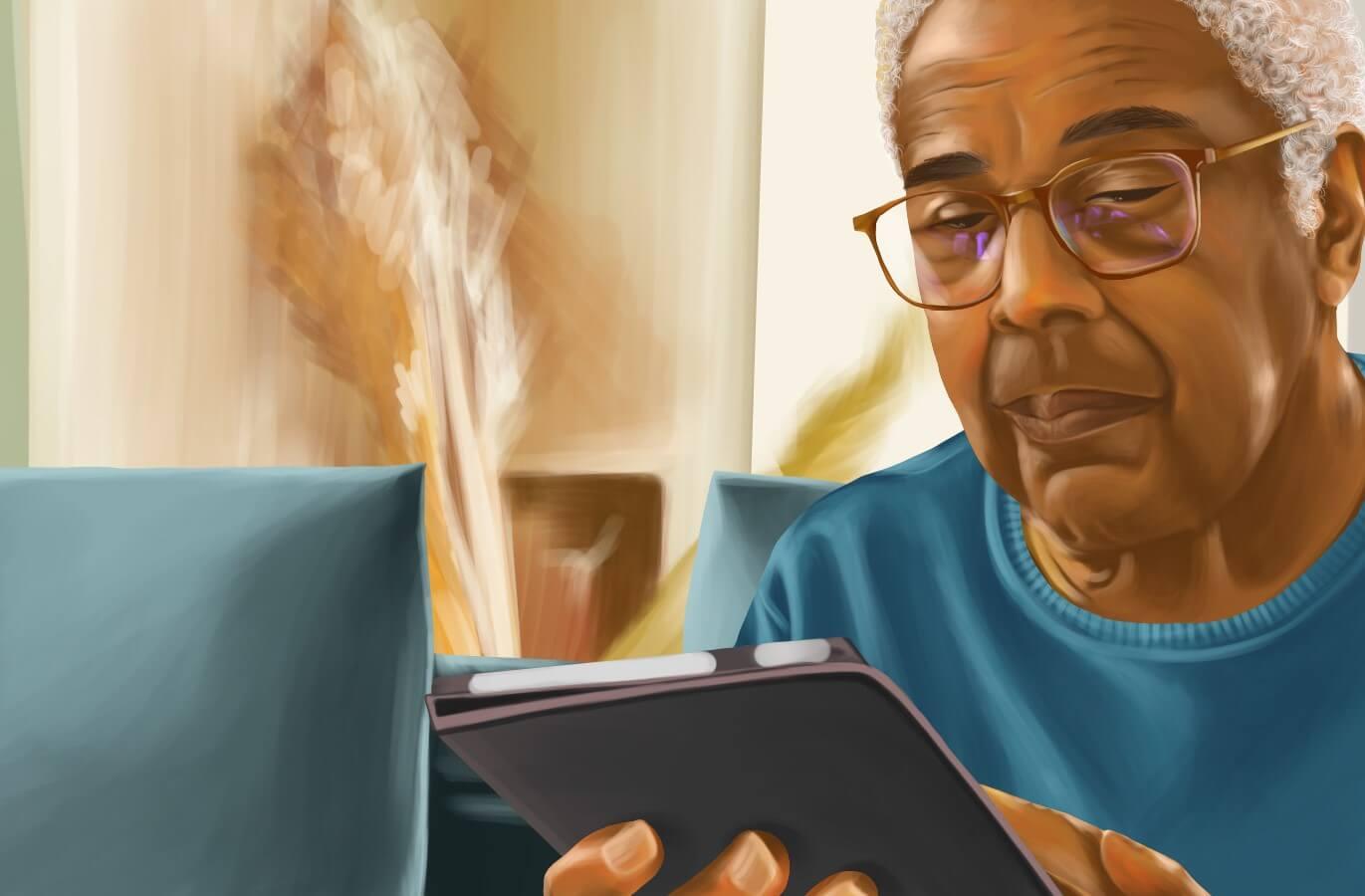When You Need a Practical Learner Evaluation
Sarah Flesher
eLearning may be versatile, but you can't demonstrate your ability to operate a chainsaw using only your mobile phone. Training that contributes to business goals must be evaluated accurately, and sometimes that means using a chainsaw as well as a computer. When physical skills are involved, the corporate trainer's toolkit must include practical skill evaluations.
The Business Goals of the Learner Evaluation
The immediate goal of any learner evaluation is to assess the individual's achievement of learning objectives. Beyond that, measuring and documenting a learner's mastery of learning objectives has implications for the business and its ability to meet its goals.
1. Effective evaluations can provide evidence of regulatory compliance, meet insurance requirements and limit liability.
Learner evaluations play a key role in legal matters. They demonstrate that a company both trained their employees in necessary skills and took steps to confirm the effectiveness of that training.
2. Learner evaluations help to identify skill gaps and verify their closure.
A skill gap, or a "gap between what employers want or need their employees to be able to do, and what those employees can actually do when they walk into work," can wreak havoc with business goals. Skill evaluations play a role in identifying gaps. Are employees able to perform the work they're expected to? If not, what's missing? For a more thorough discussion of discovering skill gaps, see Finding Skill Gaps.
After implementing a program to address a skill gap, post-intervention evaluation will verify that the gap has closed.
3. Evaluations are necessary for assessing the effectiveness of training programs at both the individual and company levels.
Training is one of the most common responses to skill gaps. As mentioned in the previous point, learner evaluations are necessary to ensure that individuals have acquired the skills they need through the training.
Skill evaluations are also necessary to assess the effectiveness of the training itself. If a significant proportion of learners fail to display the required skill after training, the training needs to be improved.
The Practical Skill Evaluation
The standard learner assessment in corporate training is a computer-graded exam consisting of a variety of multiple-choice-style questions. Although it can be an excellent assessment tool, offering more versatility than most people realize, this type of test cannot measure competence in all skills. You'll also need to develop a practical skill evaluation if you're asking your employees to run a chainsaw, perform CPR or create a microscope slide.
Consider the following questions when deciding what role a practical evaluation will play in your learning program.
1. Can learners demonstrate competence in the skill by answering questions, or do they need to perform the skill?
This question is answered by returning to your learning objectives and considering which domain of learning they fall under.
Benjamin Bloom's taxonomy of educational objectives divides objectives into three categories: the cognitive or thinking domain; the affective or feeling domain; and the psychomotor or physical domain. Cognitive objectives can often be demonstrated through written testing. Affective objectives are difficult to test and not often used. Psychomotor objectives usually require physical demonstration: the practical skill evaluation.
Some people confuse cognitive elements of psychomotor objectives with cognitive objectives. In order to perform a procedure, you need to know what that procedure is. However, knowing a procedure is not the same as physically performing it. A good learning objective will clearly state what must be done to demonstrate mastery.
Describe how to perform CPR on an adult is a cognitive objective.
Perform CPR on an adult dummy is a psychomotor objective. It requires that the learner know how to perform CPR properly, but it also requires the physical control to perform effective compressions. This skill cannot be assessed without a practical evaluation.
2. Will learners have sufficient opportunity to practice the skill before being evaluated?
Just as learners of cognitive objectives should have the opportunity to review the material before taking an exam, learners of psychomotor objectives need the chance to practice a skill before they are evaluated.
If practicing or demonstrating a skill presents unsurmountable difficulties, it may be necessary to reconsider your learning objectives and even the scope of the training program.
3. Do you need a knowledge-based learner evaluation as well?
While a written or multiple choice test can't accurately assess a physical skill on its own, you may want learners to pass a knowledge-based assessment before beginning to practice the skill. This step is particularly important when the safety of the learner, other employees and costly equipment or infrastructure could be at risk.
Prerequisite knowledge includes:
- General procedures for performing the skill
- Any emergency procedures related to the skill
- Any associated risks or hazards
Conclusion
The primary purpose of a corporate training intervention is to further business goals, and learner evaluations are necessary to meet business goals and measure effectiveness. To be valid, evaluations must account for the nature of the skill, taking the form of practical skill evaluation for psychomotor skills.
Free eBook
Optimizing Competency-Based Learning
Learn how competency-based learning could benefit your organization!
📘 Ready to Elevate Your Learning Strategy?
Explore our comprehensive library of eBooks and tools on learning resource development, competency-based learning, and LMS implementation. Transform your training programs with insights from industry experts and practical templates.
Sarah Flesher
Sarah is an Instructional Designer at BaseCorp Learning Systems and is currently completing a PhD in Educational Technology. Her research focuses on implementing competency-based learning systems in all types of organizations. When she doesn't have her nose in a book you can find her at the gym, on the ice, on the ski hill, drinking wine or in a coffee shop … with her nose in a book.

